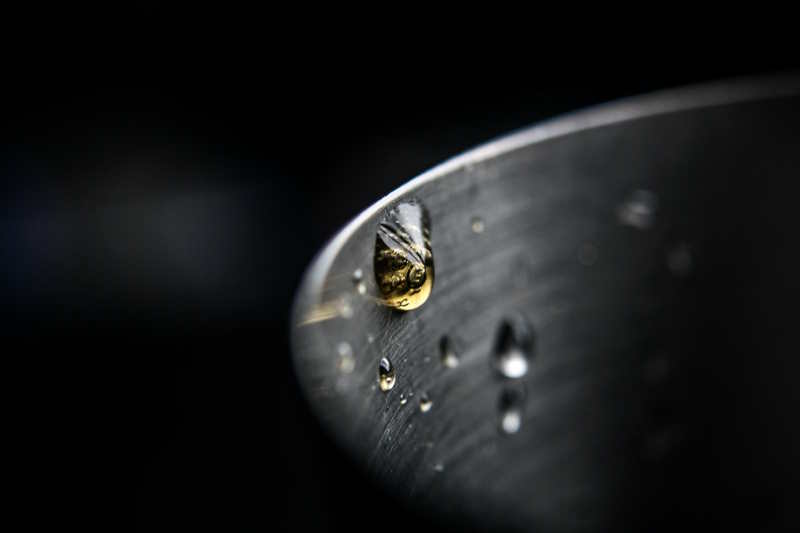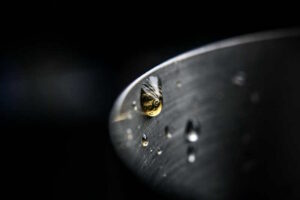Essential oils are becoming increasingly popular for their potential health benefits and therapeutic properties. However, with the rise in popularity, there has also been an increase in the production of fake or adulterated essential oils. Fake essential oils can be not only ineffective but also potentially harmful. Here are some ways to differentiate fake essential oils:
- Check the label and packaging: Authentic essential oils should have a clear and complete label that includes the name of the plant, the Latin name of the plant, the extraction method, the country of origin, and the volume or weight. The packaging should be of high quality, with a dark glass bottle to protect the oil from light and a tightly sealed cap.
- Check the price: Essential oils are a high-value product that requires a large amount of plant material to produce a small amount of oil. Therefore, if the price of the essential oil seems too good to be true, it probably is. Authentic essential oils are generally priced higher than fake or adulterated oils.
- Smell the oil: Essential oils have a characteristic aroma that varies depending on the plant from which they are extracted. If the oil has a synthetic or chemical smell, it is likely to be fake or adulterated. Authentic essential oils should have a natural and pleasant aroma.
- Check the consistency: Essential oils are volatile and evaporate quickly when exposed to air. If the oil is thick and sticky, it may be a sign that it has been adulterated with a carrier oil or other substances.
- Check for purity: Authentic essential oils should be pure and free from any additives or contaminants. One way to check for purity is to place a drop of the oil on a white piece of paper and let it evaporate. If there is any residue left behind, it may be a sign that the oil has been adulterated.
- Check the source: Authentic essential oils are usually sourced directly from the plant grower or producer. If the source of the oil is unknown, it may be a sign that the oil is fake or adulterated.
- Conduct a solubility test: Essential oils are not soluble in water but should dissolve in alcohol or a carrier oil. If the oil dissolves in water, it may be a sign that it has been adulterated with a water-soluble substance.
In conclusion, it is essential to be vigilant and cautious when purchasing essential oils to avoid buying fake or adulterated oils. By checking the label, price, smell, consistency, purity, source, and conducting a solubility test, you can differentiate between authentic and fake essential oils. It is also recommended to purchase essential oils from reputable suppliers who provide detailed information about the oil’s source, production method, and purity



